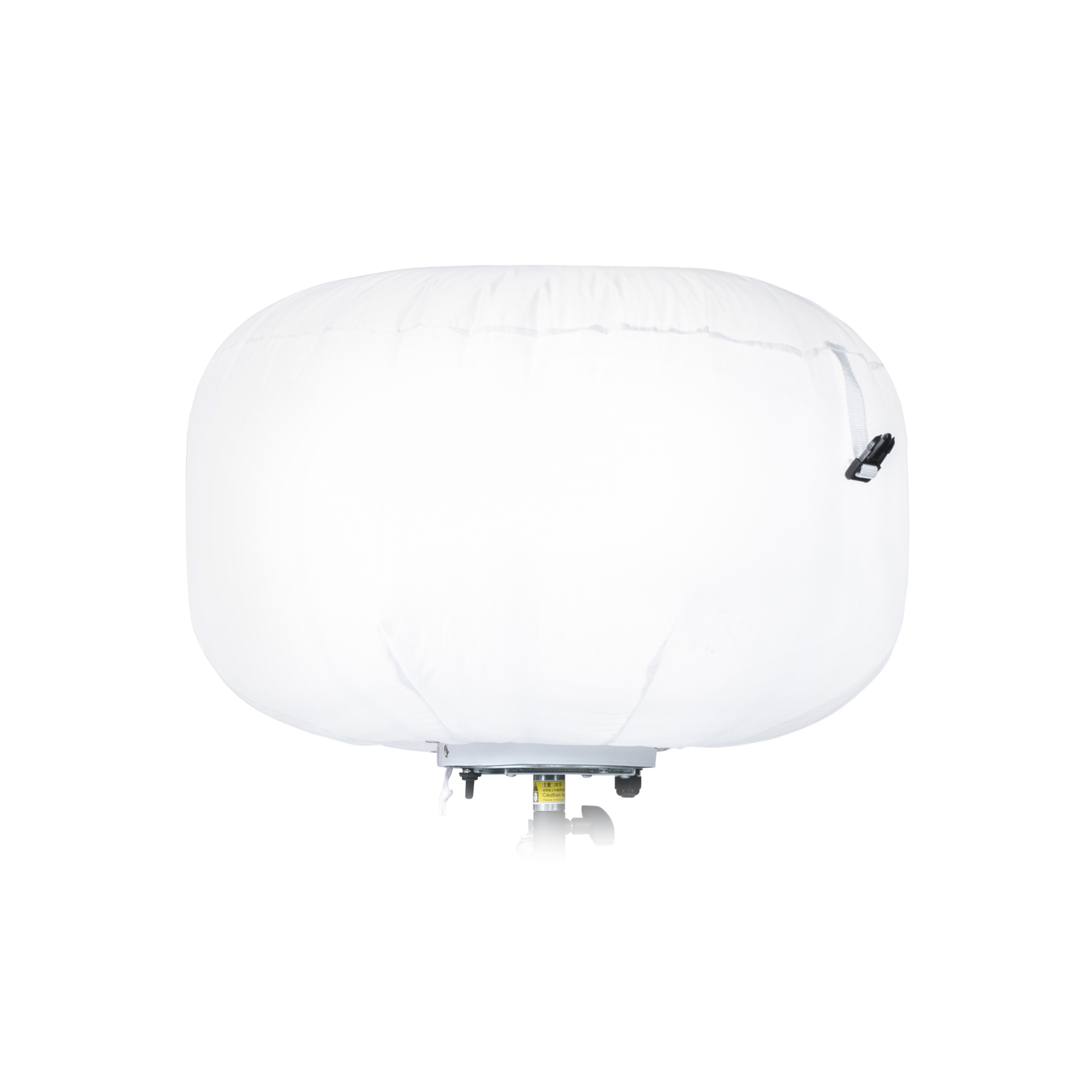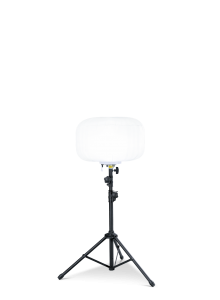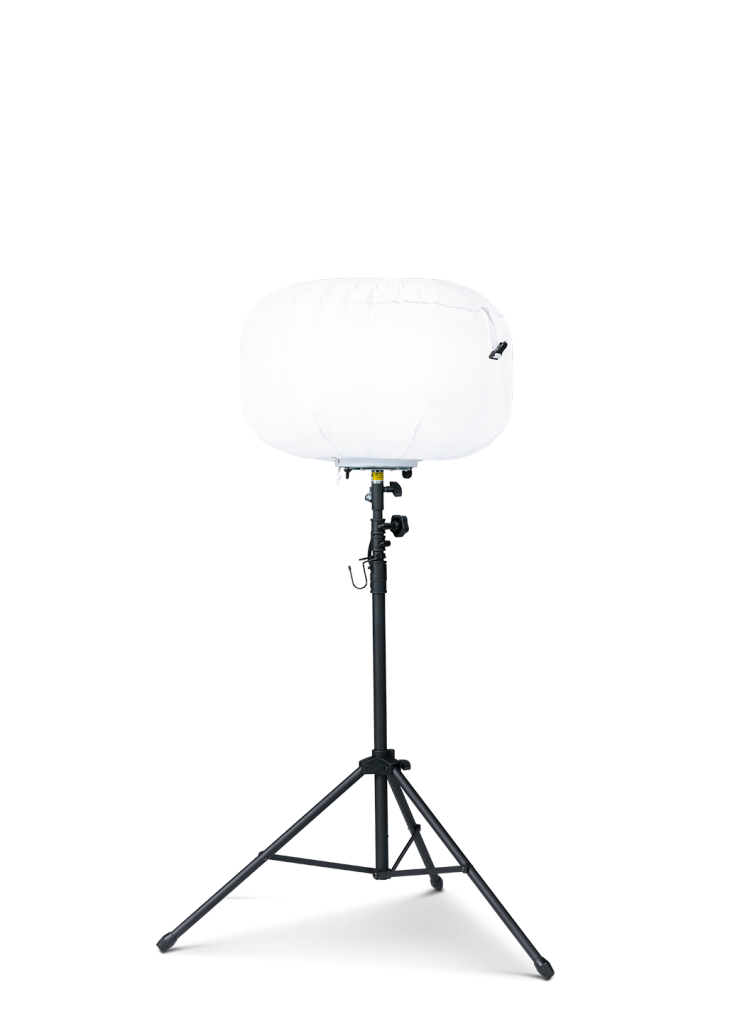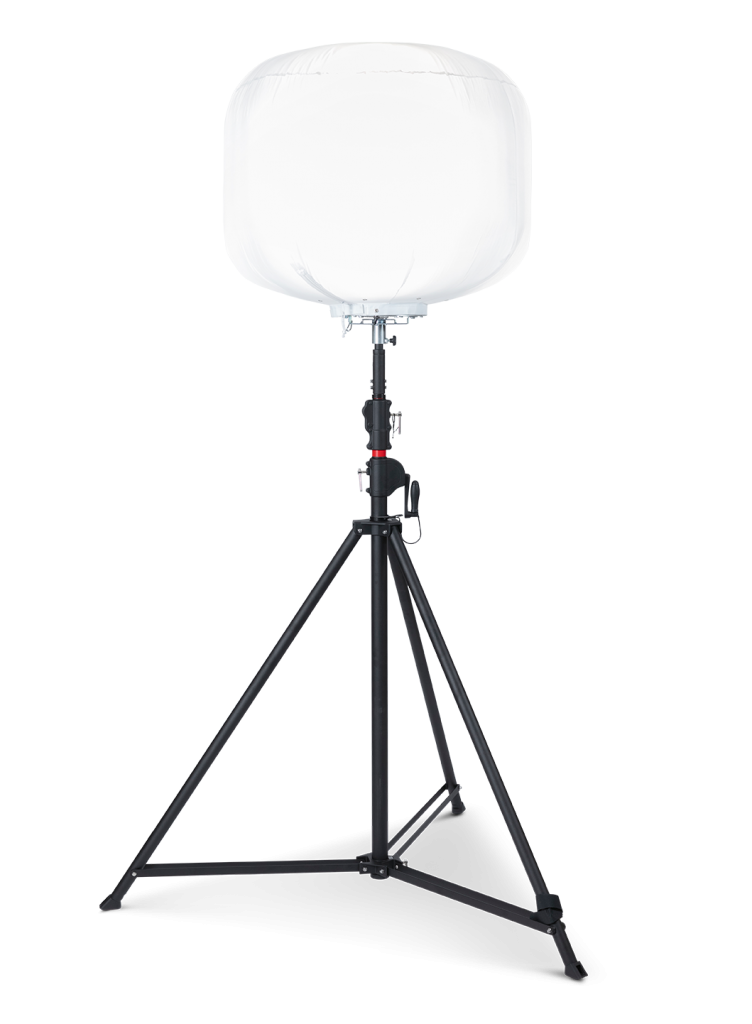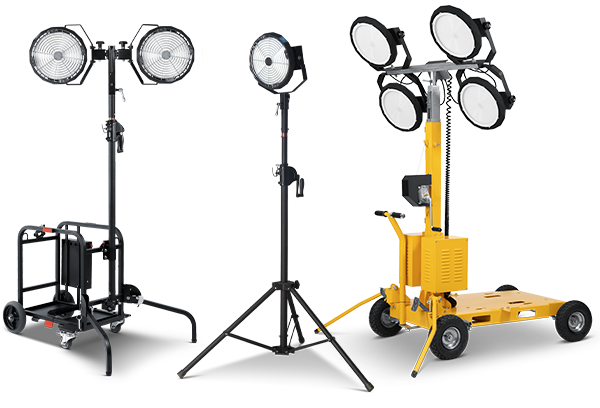Huang Chun-Yuan: Over 30 Years of Disaster Relief—Why Did He Resign from His Job, Start a Business, and Nearly Die in a Landslide Just to Save Lives?
Project Curator: Chen Zhang
Publication Date: 2024/10/10
With over 30 years of experience in disaster relief, Huang Chun-Yuan has been a familiar figure at major disaster sites, including the 921 Earthquake, the TransAsia Airways crash, and the Tainan earthquake. To dedicate himself fully to rescue missions, he quit his stable job and chose to start his own business—so that he could drop everything and rush to disaster zones at a moment’s notice. He even opened a loss-making dive shop in Okinawa to reduce the drowning risks faced by Chinese tourists. He has sacrificed more than most in his pursuit of saving lives—but why is he willing?
In Taiwan’s disaster zones, one silhouette always stands out.
Whether it was the devastating 921 Earthquake or the TransAsia plane crash in the Keelung River that shook the nation, Huang was one of the key people to arrive at the scene immediately. And his scope of rescue work goes far beyond Taiwan. From the 2015 Nepal Earthquake to last year’s Turkey Earthquake, he has traversed treacherous mountains and collapsed buildings in search of survivors.
Huang Chun-Yuan, tanned and rugged, rarely smiles when he speaks. But behind his gruff demeanor is a soft heart that refuses to let others suffer. Starting from the age of 18, he has dedicated over 30 years to rescue work, saving countless lives during some of the most high-profile disasters in recent history.
In Taiwan, few emergency response teams haven’t heard of his name. Eight years ago, he moved to Japan and became the Chief Rescue Commander of the Asia Pacific Disaster Management Alliance (APDMA), expanding his rescue efforts across Asia. Now 50 years old, Huang has devoted most of his life to disaster relief. His sacrifices are hard to imagine.
He once held a full-time job with a Japanese shipping company, which made it impossible for him to respond immediately when disasters struck. “I’d be anxious and restless, but when you’re taking someone else’s salary, you can’t just take leave as you wish,” he said. So, he started a production company and became a freelance documentary filmmaker. Starting a business meant taking risks, but he never hesitated—he simply wanted the freedom to respond to disasters without delay.
His career is remarkably diverse—not just a rescue commander and filmmaker, but also the owner of a dive shop in Okinawa. The reason behind the dive shop? Also to save lives. Six years ago, after hearing from firefighter friends that many Chinese tourists had drowned while diving in Okinawa, he decided to open a shop, hire certified instructors, and teach proper diving techniques to raise water safety awareness.
Even though it doesn’t generate profit, he insists: “If I can prevent even one drowning incident, then everything is worth it.”
Saving Lives Is a Team Effort — Why Huang Chun-Yuan Is Willing to Risk It All
What drives Huang Chun-Yuan to risk everything to save others? The answer lies in the bonds he’s formed through years of rescue work. Let’s go back to 2010—the Suhua Highway tour bus accident.
At that time, Typhoon Megi had lashed Taiwan, dumping 939 mm of rain in a single day on Su’ao Township. Massive landslides occurred between kilometers 113 and 115 of the Suhua Highway, burying passing buses and cars under debris. The disaster claimed 26 lives. The severity prompted the government to dispatch military personnel, highlighting the extreme danger of the situation.
Yet Huang and his rescue team rushed to the scene without hesitation.
As rocks and mud continued to fall amid the pouring rain, the entire mountain seemed to cry out in agony. “It was the only time in my life I ever thought about quitting rescue work,” Huang recalled. He had to descend a cliff into a valley to search for victims washed down the slope. The roaring of rain and landslide debris filled his ears. There was no light—only the faint beam of his headlamp to guide the way.
He thought about turning back but gritted his teeth and pressed on. When lives are at stake, every second counts—there’s no room to back down. Beyond rescuing victims, Huang even helped build temporary toilets for soldiers working under dangerous conditions. “Can you imagine? In such a situation, we were still thinking about how to solve the bathroom problem for over a hundred people.”
Because in disaster relief, one person alone is not enough. It takes a team. Only united effort can turn chaos into hope. Only together can people be rescued faster. Teamwork creates heroes—not individuals, but communities working as one.
The Strength of Kindness — He’s Never Alone on the Road to Rescue
That’s why, whenever Huang rushes to a disaster site, he’s never alone. Behind him are comrades who have shared pain and hardship, supporting each other in completing every challenging mission. Though disaster work is dangerous and exhausting, kindness and human connection fuel him forward, reminding him that he is not alone.
One of Huang’s key behind-the-scenes heroes is Yuang Light, a Taiwanese LED lighting company known for its LED balloon lights. In large-scale disaster zones, lighting is critical—it enables 24/7 rescue operations and determines how efficiently aid can be delivered.
At the 2014 Kaohsiung gas explosion site, Huang saw balloon-shaped lights illuminating the wreckage. He had never seen such bright, warm, non-glaring lights before. Upon asking the Tainan Fire Department, he learned they were manufactured by Yuang Light, based in New Taipei City. Without hesitation, he visited the company with his teammates and expressed their intention to purchase the lights for future rescue use.
“We’re just a civilian organization, not a government unit,” Huang explained. “But after hearing our story, the representative at Yuang Light immediately donated two lights worth NT$50,000–60,000 each.”
How Much Can One Light Help in a Disaster Zone?
In 2015, during the Nepal earthquake, the scene was pitch dark. While on site, Huang encountered a mother carrying her injured child. She had walked from a distant mountain, desperately seeking help. “Her child had a broken leg with something still lodged in the wound. It had already been ten days. The infection was severe, and there was a lot of pus,” he recalled.
The accompanying doctor assessed the situation and determined that an immediate debridement surgery was necessary. But where in a disaster-stricken area could they find an operating room?
They made do with what they had—setting up a makeshift surgical area inside an abandoned pigsty. For such an operation, proper lighting was crucial. That’s when Huang set up a Yuang Light LED balloon lamp.
“The moment we turned it on, the doctor was shocked—it was just like the lights used in real operating rooms,” Huang said. He demonstrated how typical flashlights cast shadows, creating blind spots during surgery. But Yuang Light’s balloon lamp provided a soft, 360-degree illumination without glare or shadows—ideal for medical rescue lighting.
That one lamp enabled Huang and the medical team to save another life.
The generosity of Yuang Light left a deep impression on Huang. “Whenever they heard we were heading to a disaster area, they didn’t even ask questions—they just said, ‘We’ll donate more lights.’ For the Nepal earthquake alone, they sent us four,” he said. “They were so generous that I eventually felt embarrassed and made a promotional video for them as thanks.”
Kindness Builds Bonds — And Brings Out the Best in People
Huang treasures every bond formed through these moments of generosity. They’ve not only helped him become a better rescuer but a better person.
As the leader of a rescue team, he once spent nearly NT$200,000 of his own money to purchase diving gear and earn a public safety diving instructor license—just so he could train his teammates in water rescue skills. Through these efforts, he and his team developed strong camaraderie and mutual trust.
Huang’s first major disaster rescue took place during the 1999 921 Earthquake. He joined the Taoyuan Jeep Recreation Association to enter the quake zone, where they rescued a 4-year-old girl trapped in the rubble. Nearly 20 years later, that same girl invited Huang and his teammates to attend her university graduation ceremony. “We went in our rescue uniforms and took a photo together,” he said.
Under the Stars, Through the Rubble — Choosing Hope Over Fear
Huang Chun-Yuan has never forgotten the scenes from the 921 Earthquake. That night, with the city plunged into darkness due to a power outage, the sky was unusually bright. “The stars were incredible—you could even see the Milky Way,” he recalled.
Above, the stars sparkled peacefully; below, people were suffering.
Under that starlit sky, Huang moved through one pile of rubble after another, searching for signs of life. It was physically grueling, emotionally draining, and endlessly difficult. But he never stopped. Disaster relief, he says, is a constant test of mental endurance. At any moment, one could choose to retreat—or to press on.
It’s like a multiple-choice question: do you become the starlight that guides others, or do you stay trapped in your own setbacks? Huang clearly chose the former.
He has since made disaster relief his life’s mission—not only saving countless lives, but also giving deeper meaning to his own.
“Giving isn’t a loss,” he says. “In the process of helping others, we unknowingly gain more in return.” Through acts of service, we find direction in life. And maybe, just maybe, it’s how we find our way out of our own darkness—and into a more brilliant, meaningful life.
Year of Birth: 1974
Current Positions:
-
Chief Commander, Asia Pacific Disaster Management Alliance (APDMA) International Search & Rescue Team
-
Owner, Okinawa Diving Shop
Experience: -
Founder of Firefly Creative Integration Co.
-
Chairman, Taoyuan Jeep Rescue Association
-
Former Captain, Ironman Unit, Taoyuan Volunteer Fire Special Search Team
Distinction: -
Over 30 years of frontline rescue experience
-
First Taiwanese ever appointed Chief Commander by Japan’s largest NGO “Peace Winds Japan” in their international rescue unit
